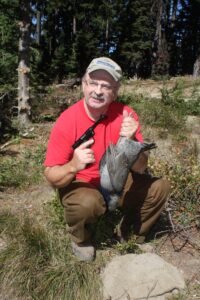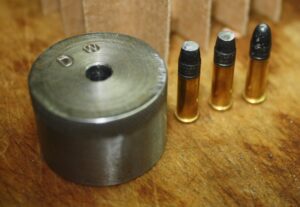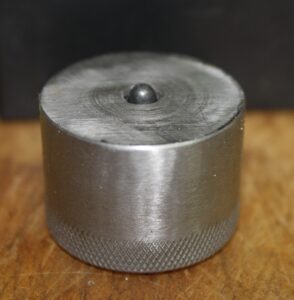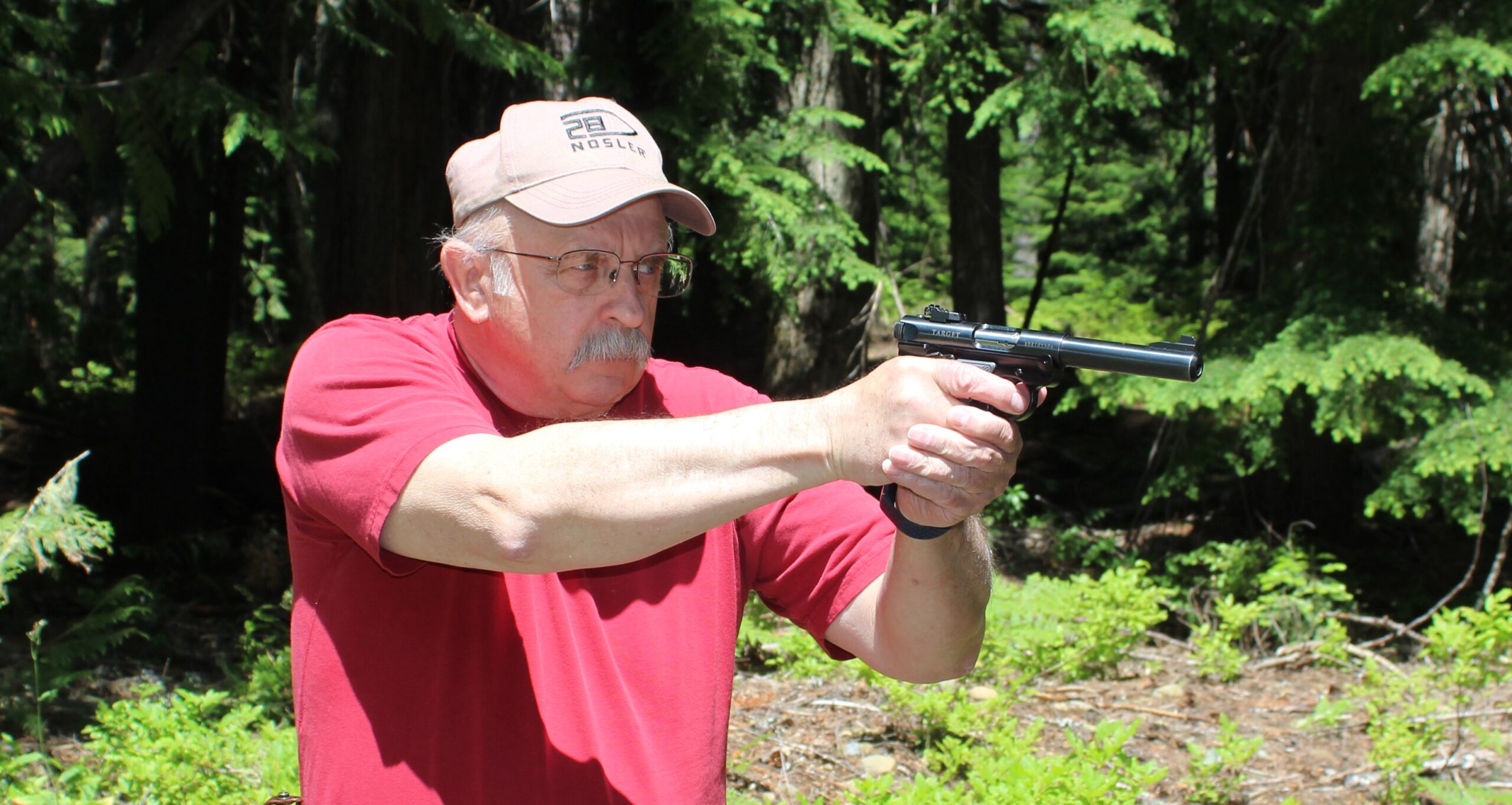
By Dave Workman
Editor-in-Chief
When frequent contributor Jim Dickson wrote several days ago about the use of .22-caliber rimfire firearms for training and recreation, there was not much space devoted to the fact that the tiny rimfire is the most popular small game round on the planet, and deservedly so.
Every ammunition company on the map produces .22-caliber ammunition, typically the .22 Long Rifle, and the more powerful .22 WMR (Winchester Magnum Rimfire). Both calibers have been used for generations to put small game in the pot or pan, and they will continue long after we’re all gone.
I’ve used ammunition from Remington, Winchester, Federal, CCI/Blazer and other brands. Some burns cleaner than others, but it all shoots, and within reasonable ranges, it is all fairly accurate.
I have shot grouse, raccoons and rabbits with .22-caliber handguns and rifles. My dad used a .22 bolt-action Winchester Model 69A to make what was quite possibly the most remarkable shot I ever witnessed (I was about 5 or 6 at the time), killing a cottontail rabbit with a shot that caught the critter in the neck just as it hopped. The rifle, which is now mine and occupies a special place in the gun safe, has basic metallic sights, a fixed front and elevation-adjustable ramp rear semi-buckhorn. It is a deadly accurate rifle with a five-shot detachable magazine, and I’d hazard a guess that anything within 50-75 yards is in serious trouble if someone is aiming this particular classic in its direction.
The cartridge has been around since 1887, according to Wikipedia, which is certainly long enough to have proven itself. Some loads are capable of warp speed muzzle velocities, and they have earned accolades from small game hunters, competition target shooters, recreational plinkers and even from some people who have used .22-caliber firearms for personal protection.
Is there a “best” .22 Long Rifle cartridge? No. There are several good ones, in my humble opinion—based on years of experience—which are at the top of the heap, but this all depends upon the intended use.
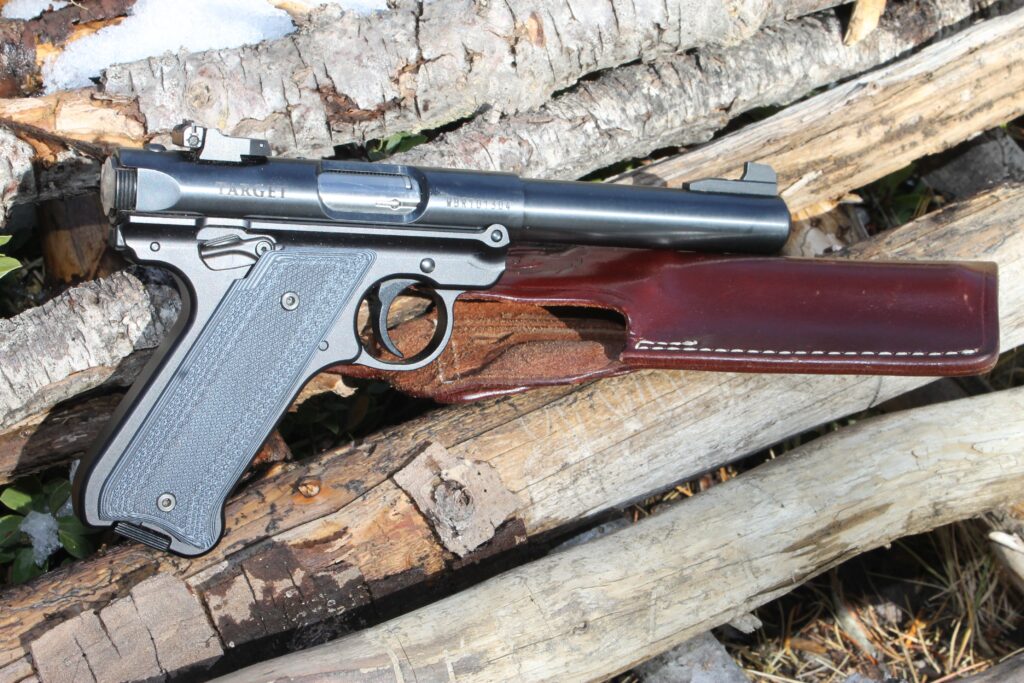
The standard 40-grain RNL (round-nose lead) pill is the mainstay. I’ve burned through literally thousands of them with no visible impact on my rifle or pistol bores. A good cleaning with a bronze bristle brush removes any lead from the bore and a wipe with an oily patch cleans up a .22-caliber rifle or handgun in a jiffy.
Not that I would ever recommend a .22 as a primary survival gun, if I were stuck somewhere in the wilds and had only my .22-caliber Ruger semiauto pistol and a supply of ammunition, I would be decently equipped to survive.
There are so many guns chambered for the .22 Long Rifle it is impossible to name them all. Among the most popular is the Ruger 10/22, a semi-auto rifle with a sterling track record for accuracy and reliability. I have honestly never heard of one breaking down; it may have happened, but nobody bothered to tell me.
I picked one up several years ago, and my late pal Dick Burnett once remarked during a casual plinking session on a ridgetop in eastern Washington that the 10/22 is a “lead hose.”
Translation: You can burn through a few hundred rounds in a hurry, enjoying every minute, without a single malfunction. By the time you’ve finished, it is likely you will have perforated every target, plus every tin or aluminum pop can, bottle cap, fir or pinecone, empty shotgun shell or any other impromptu target within range.
One might have to say the same thing about the Marlin Model 60, the classic Remington Nylon 66 (alas, no longer in production) an assortment of Browning smallbores and another of my favorite classics, the Winchester Model 62, that pump-action rifle we all admired as kids. Today, Rossi offers something of a reproduction about which I’ve heard some good things.
For many years, I preferred either a 40-grain RNL or a 36-grain plated hollowpoint, the latter for its ability to clobber raccoons. There are loads using 32-grain bullets that literally warp out of the muzzle, and anything on the receiving end is going to notice!
But now my pal Roy Huntington, former editor now prolific writer for American Handgunner and GUNS magazines, has come up with a little tool to make the .22 Long Rifle even more effective. He makes a small die into which a .22 LR cartridge is inserted so that just the tip of the bullet projects out through the other side so it may be filed flat by hand.
Roy recently sent one my way, complete with my initials stamped into one side. I’ve tried a few rounds to see how it worked, and the results are stunning.
In a telephone chat, Roy explained how flattening the nose of a .22-caliber bullet makes it far more effective on small game in his region, which means fat squirrels for the pot. Out in my neighborhood, the game is bunnies, snowshoe hares or grouse.
The filing removes maybe 3-4 grains of lead but the flat frontal mass can wreak havoc when it hits some critter’s innards. I’m anxious to try it on grouse in a couple of weeks, and later this fall, see if I can put a rabbit in the cooler.
These flat nose cartridges cycle fine in a semi-auto, so in a revolver, or a lever-action or bolt-action rifle they will definitely work.
Today’s .22-caliber rimfire ammunition is the best it’s ever been thanks to advances in propellants and bullet design.
You will find .22-caliber ammunition in 50- or 100-round boxes, “bricks” of 10 boxes holding 50 rounds apiece, and there are also bulk packs available holding maybe 250 or 300 cartridges. Now is the time to be shopping around for the best prices.
Whether you buy a box or a brick, the .22 Long Rifle cartridge is indispensable when it comes to rabbits, raccoons, squirrels, grouse, bobcats and other small game. Rifle or pistol, the smallbore hunter is well-equipped during small game seasons.
Each year ammunition manufacturers produce millions of rimfire cartridges, and although inflation is taking its toll on ammunition prices, the .22 Long Rifle still provides lots of bang for the buck, and it still holds the crown for being the best small game caliber on the landscape.


